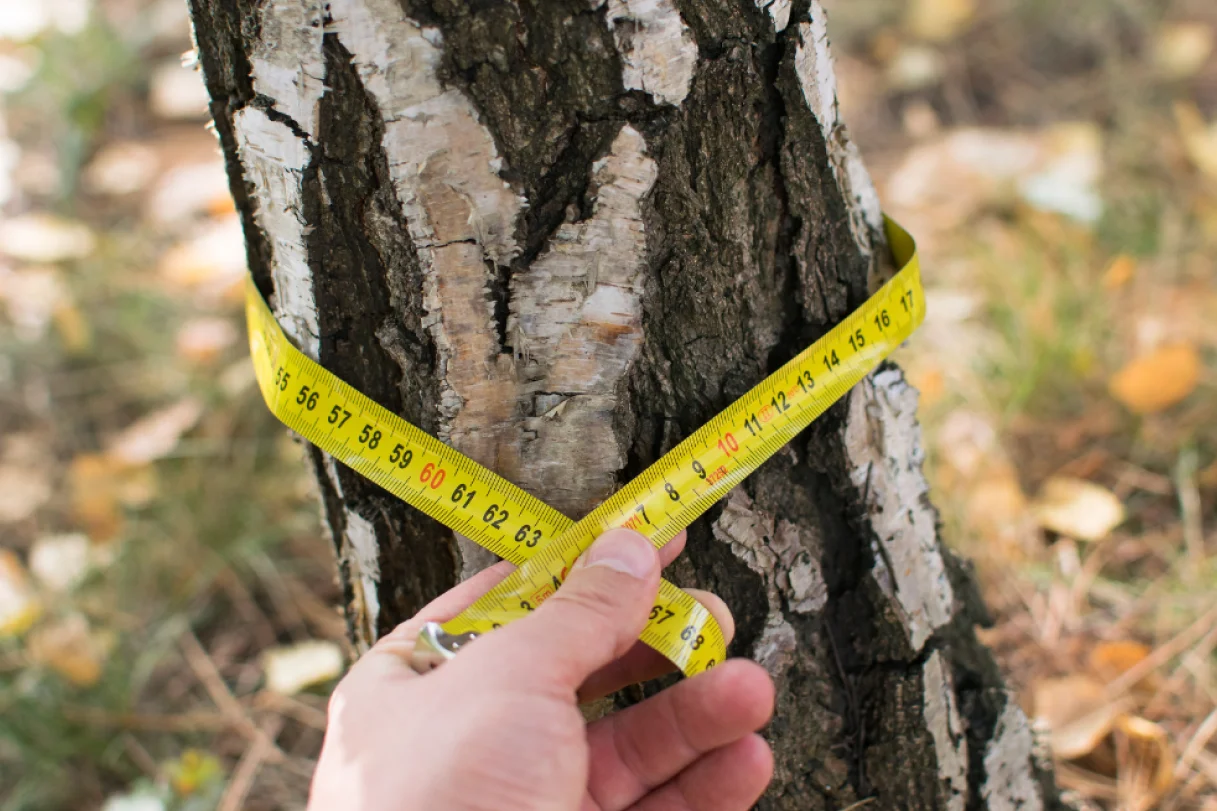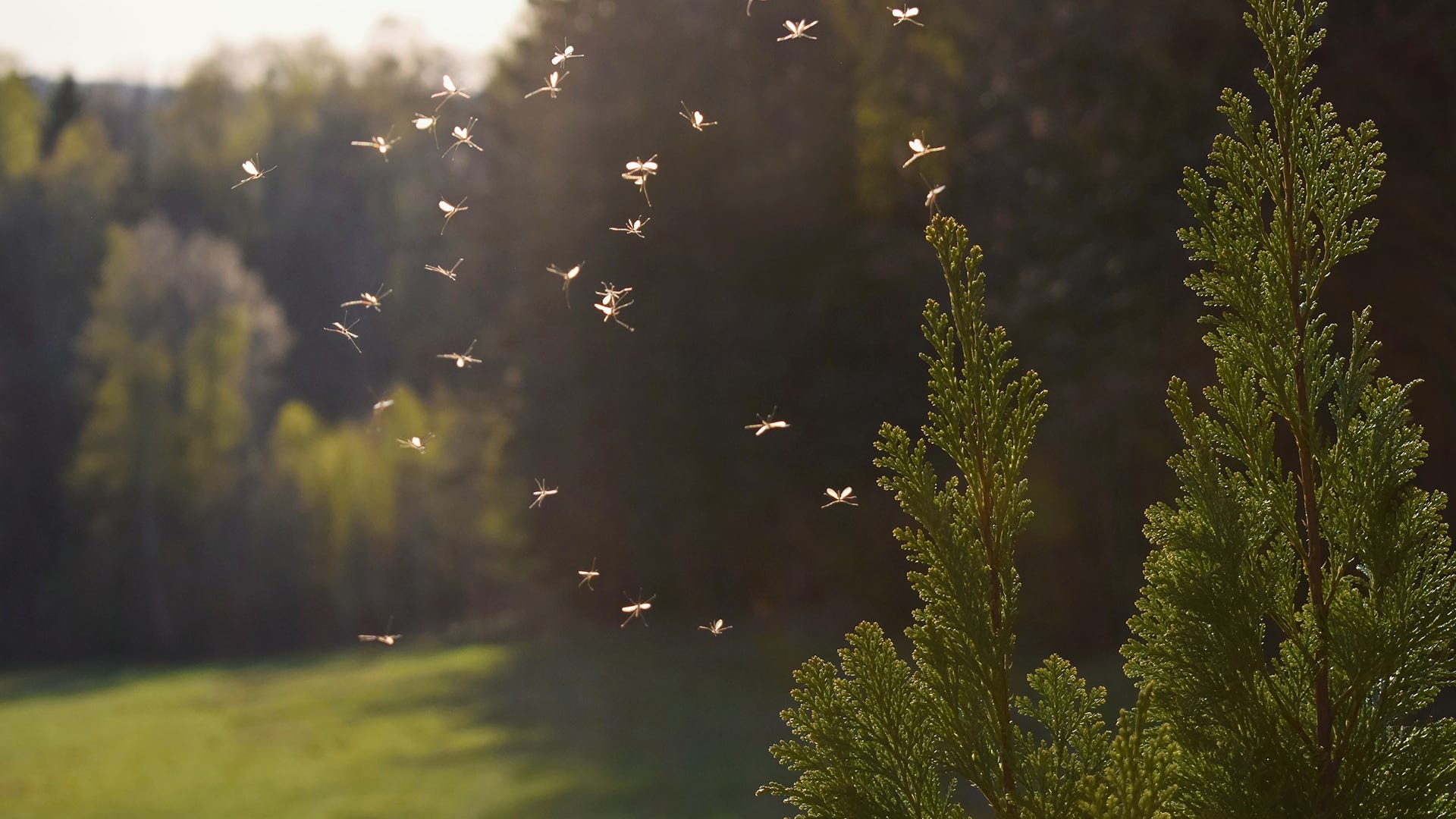I am a certified arborist with over ten years of practical experience in caring for trees within Toronto and the Greater Toronto Area (GTA). One question I am frequently asked is, “Why do I need to fertilize trees in Winter time?” On the face of it, this seems puzzling: aren’t they dormant during this period and most of their growth takes place in spring and summertime? But if you’ve ever asked yourself “should you fertilize trees when they appear inactive, and do trees need fertilizer at this stage?”, the answer is yes, and it’s more critical than many people realize.
Above the surface, winter can be brutal during our local climate, but below ground, tree roots are actually still busy. The soil frequently retains warmth even when the air temperature drops very low, especially if there is a good snow cover on it. In these months, providing slow-release and well-balanced fertilizer allows trees to take up and store necessary nutrients without the excessive top growth characteristic of warm periods. This method makes it possible for the roots to reinforce themselves in readiness for a surge of growth expected in spring. By doing so, by the time that particular season arrives, all elements required by the tree will already have been provided thus enabling it to develop healthy foliage as well as produce stout flowers that can withstand environmental stresses.
Winter fertilizing also has practical benefits. When you feed your tree now you will be reducing competition from weeds or other plants which are not growing actively in cold seasons. More of your nutrient application will reach into your tree’s root system rather than being taken away by other vegetation around it. Particularly important is this fact when it concerns urban or suburban environments near Toronto where soil quality might already be affected due to construction activities carried out there, use of de-icing salts and/or compacted grounds. It also helps to substitute mandatory minerals which may be in short supply so that they can get better soil conditions for their survival.
I have personally observed how winter fertilization can boost the health and resilience of trees during spring and summer. In a year, such trees, like those that receive continuous nourishment including in winter, tend to show no signs of stress, suffer less from pests, and live longer in general. As much as people overlook it, winter fertilization is one of the most ignored but beneficial practices as far as caring for your century-old oak or even that newly planted decorative tree is concerned. This article will further explain why fertilizing changes everything; what seasonal considerations mean for you; and steps to ensure your trees remain strong all year long.
Why Should I Fertilize My Tree?
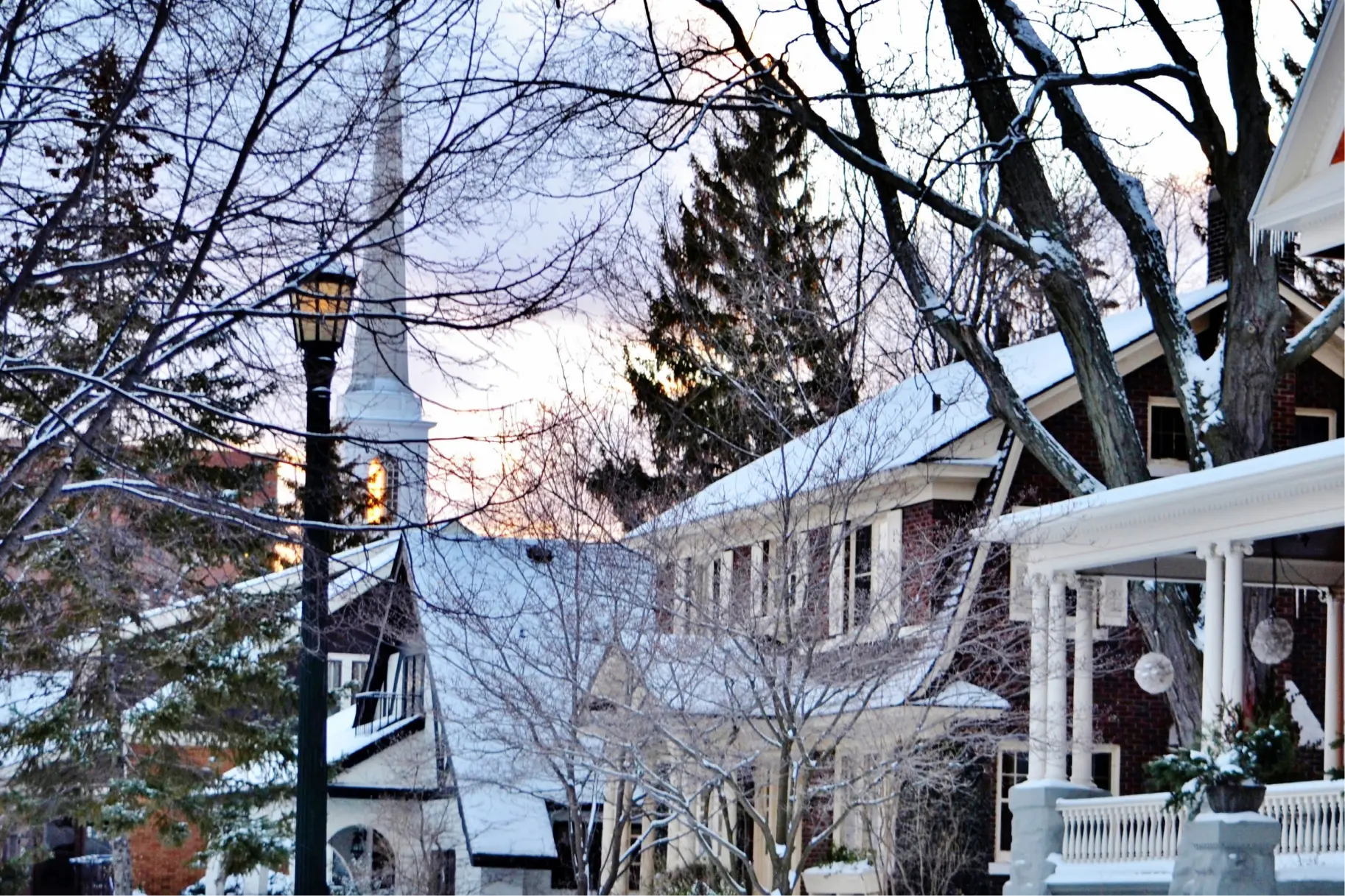
Many people have asked, "Should I fertilize my tree in summer, or should I fertilize my tree in winter?" These questions reveal a common interest among homeowners. Incorrectly spelt, these questions reveal a common interest among homeowners in understanding when and why to fertilize their beloved maple, spruce, or fruiting ornamental trees. Let's explain why it is important to provide trees with fertilizer and why no matter what time of the year it can be beneficial.
To begin with, tree fertilization provides necessary nutrients such as nitrogen, phosphorus and potassium. Nitrogen primarily stimulates foliage growth and overall development while phosphorus aids root systems and blossoms and potassium enhances resistance against diseases and environmental stresses in a tree. Provides an adequate supply of organic matter that fall leaves and other plant remains would naturally return to the soil. However, many parts of Toronto and GTA are residential or urban areas with little organic material in their soils. As a result, some of your plants may not be getting enough nutrients to do really well.
Whether you should fertilize during winter or summer basically depends on your tree’s current requirements and general health. Yes, fertilizing in summer can definitely facilitate active top growth; however, there is a potential of having foliage stimulated too much just as the temperatures start to peak, which might lead to undue stress if soil is arid or the climate is extremely hot. Conversely, supplying nutrients during winter when the tree’s energies are mostly focused on root development can make it healthier. By concentrating on this section with good feeding, the tree will keep a strong underground system that will be needed for its next growing season.
In my experience, a well-fed tree is far more resilient to common issues such as pest infestations, drought or the occasional late frost that can strike in early spring. When asked “Why should I fertilize my tree?” I always talk in terms of broader, long-term benefits: increased vigor, disease resistance, better foliage coloration and general longevity. Knowing your tree’s needs for instance through winter cold or summer heat will enable you to furnish it with the specific nutrients at the right time ensuring continued health and beauty for many years to come.
Does My Tree Need To Be Fertilized in Winter time?
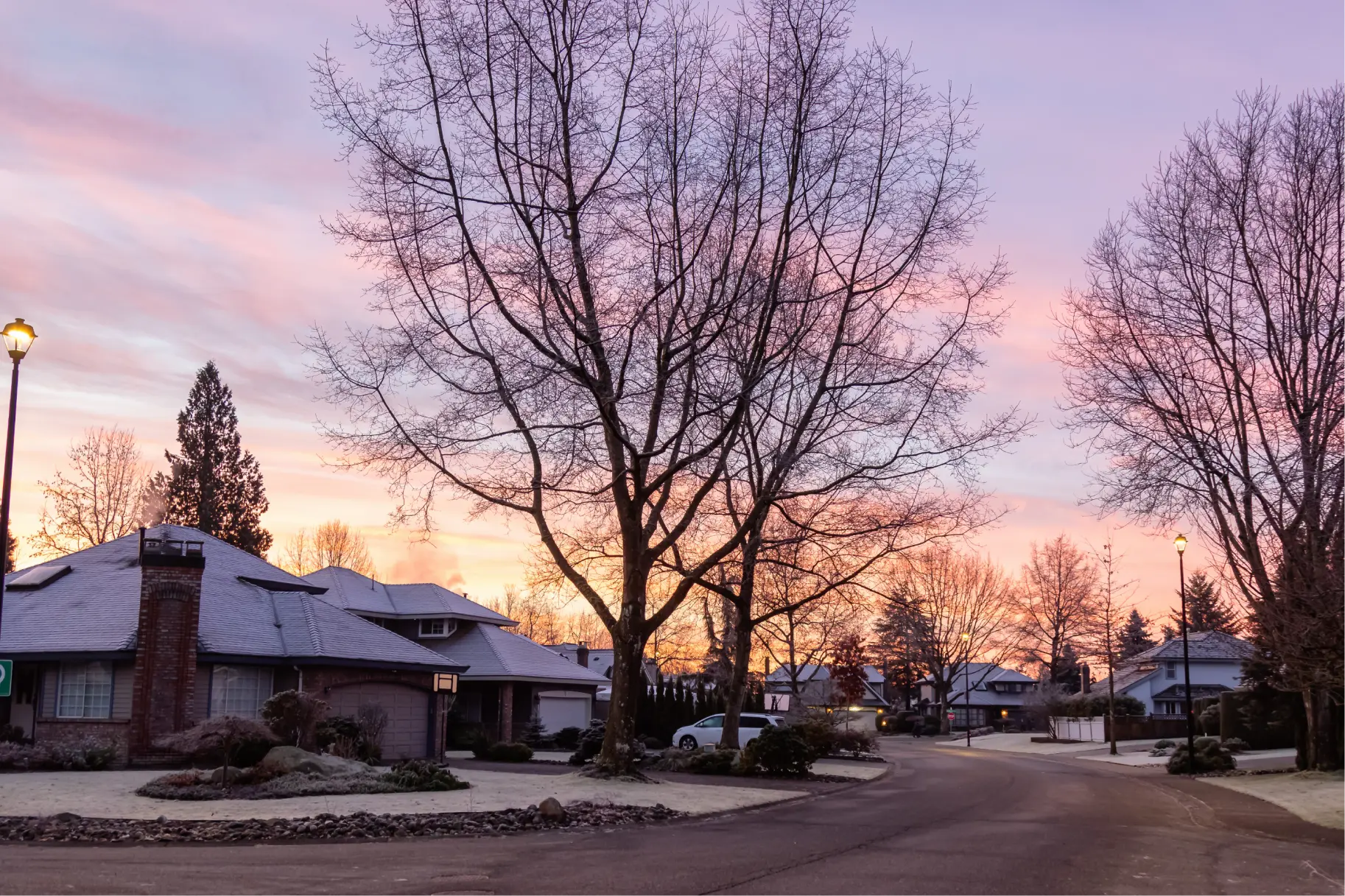
One of the most common dilemmas homeowners face is whether they should fertilize their trees during winter or wait until later when temperatures warm up. The real issue however lies in understanding how soil conditions and root activity affect each other; this helps answer questions like “when do you fertilize trees.” I have treated numerous trees across GTA and I can assure you that there is no universal answer but some guiding principles are available.
First, determine the health and type of tree you’re dealing with. They have different nutritional requirements and growth patterns. For instance, evergreen conifers usually keep their needles all year long and so they tend to use nutrients at a consistent pace. Deciduous ones like maples, ashes or lindens will seem dormant in winter but their root systems can still benefit from available nutrients. If your tree has shown signs of nutrient deficiency—like yellowing leaves, stunted growth, or fewer buds during the warmer seasons—it may be an indication that you should fertilize sooner rather than later. To determine what nutrients are missing in the soil, a soil test is usually recommended.
Secondly, consider Toronto's winter conditions. The temperature could drop considerably but the ground may not stay frozen for long periods; not when there’s snow cover insulating the soil anyway. If your area experiences a mild winter where soils do not freeze hard for most of it, this could influence when is the best time to fertilize trees in your region, allowing them to absorb nutrients effectively. Conversely, if you are located in a region that experiences prolonged deep freezes, timing becomes more difficult; late fall or very early spring might be necessary to get the fertilizer down while the roots are still active.
Third, do not fail to take into account how all your tree’s annual care schedule relates. Fertilization is just a part of it as there are also other elements like watering correctly, pruning and managing pests. Winter fertilization could be an essential first step towards recovery if after last summer the tree has out-rightly had a difficult time due to heat waves, or produced less vibrant foliage than you expected. This gives the root system resources for healing, rebuilding and gearing up for next year’s growth cycle.
Ultimately, does your tree need winter fertilization? Yes if it is malnourished or you want to give it a boost in readiness for spring. By harmonizing your fertilization habits with climate, soil conditions and the needs particular to your tree, you will greatly increase the chances of having a healthy and robust one throughout the coming year.
When Is The Ideal Time To Fertilize Trees?
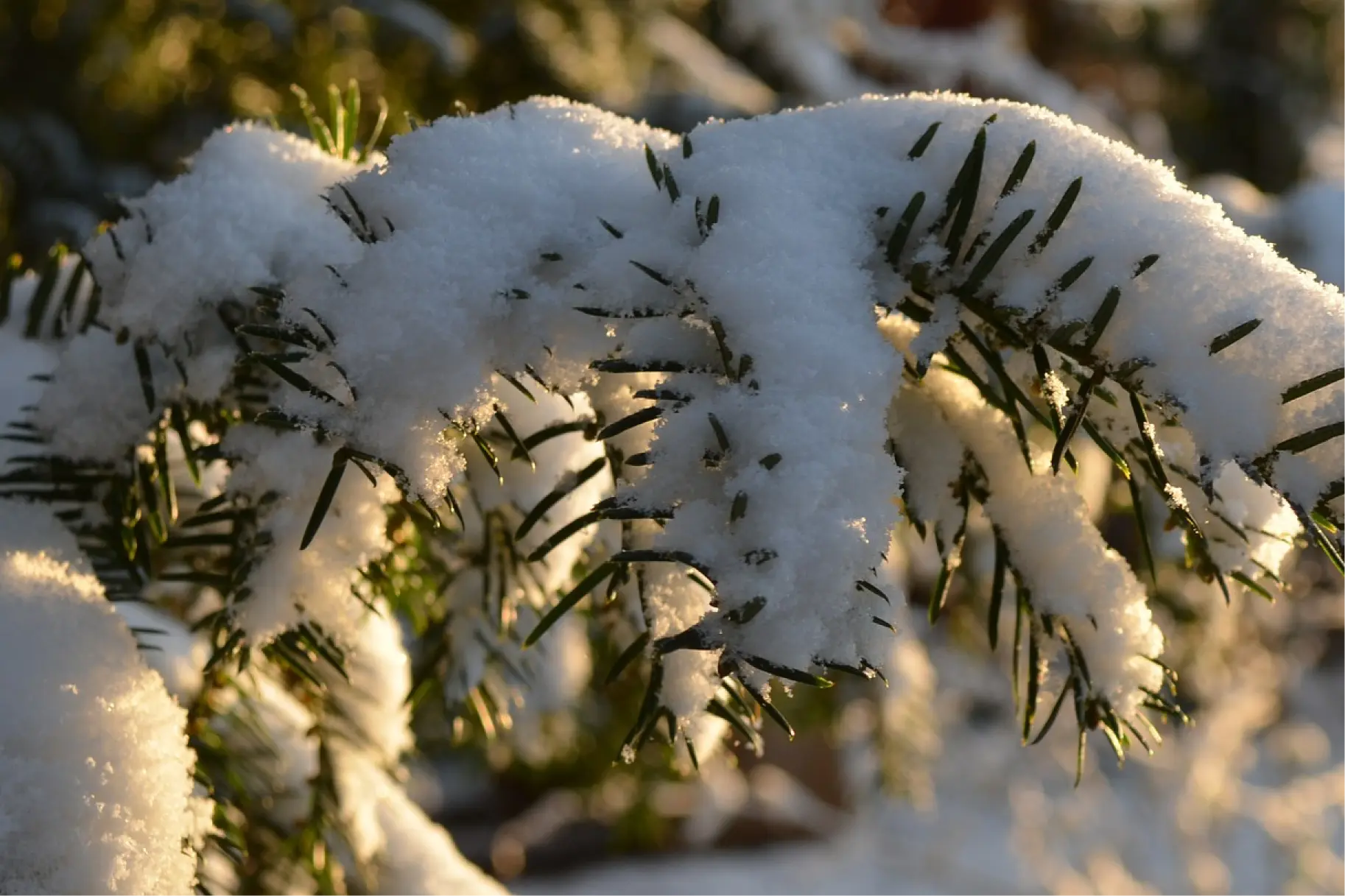
You are not alone if you have been asking yourself, “When is the ideal time to fertilize trees?” In fact, many property owners across Toronto and the GTA grapple with finding the best time of year to fertilize trees so that they gain the maximum benefit without causing harm. However, timing can differ depending on species, local climate and soil conditions but there are some tried-and-true guidelines that one can follow.
Overall, early spring and late fall (or early winter) are two main windows for most arborists when considering fertilization. Early spring fertilization gives a tree just what it needs as it wakes up from dormancy by providing nutrients that fuel leaf and bud development. However, if you apply fertilizer too soon – especially while the ground is still frozen – you waste your product or worse still encourage growth which may be damaged by a late frost. On the flip side, late fall or early winter feeding aims at developing a well anchored root system without excessive leaf or shoot growth; this approach is very useful in our climate as it prepares the tree for a strong return next spring.
Do bear in mind that this is actually the ideal time to fertilize trees, weather permitting. Sometimes we have milder winters around lake Ontario and then colder conditions further up GTA north. If you see it has not hardened yet from frost and there are a few consecutive days of moderate temperatures, that might be a good time to apply fertilizer. This way, rain or melted snow will not wash out the nutrients after they have been washed into the ground and reached roots.
It also depends on age and health. New tree planting or younger ones may respond well to more frequent lighter applications during the year as they try to establish their root system strongly. On the other hand, older trees may need only one or two feedings at specific periods of time per annum especially if they grow in nutrient rich soil already. Also, always consider getting an expert’s advice on soil test for nutrient deficiencies that could result in excessive application or limited addition of fertilizers .
But in the end, finding the best time to apply fertilizer is not about any particular day on the calendar but rather it entails comprehending your tree’s natural growth cycle, local weather conditions and unique soil characteristics. Combining these factors will lead to a fertilization schedule that will keep your trees strong, healthy and resilient to whatever may come their way from Mother Nature.
How To Choose The Right Fertilizer For My Tree?
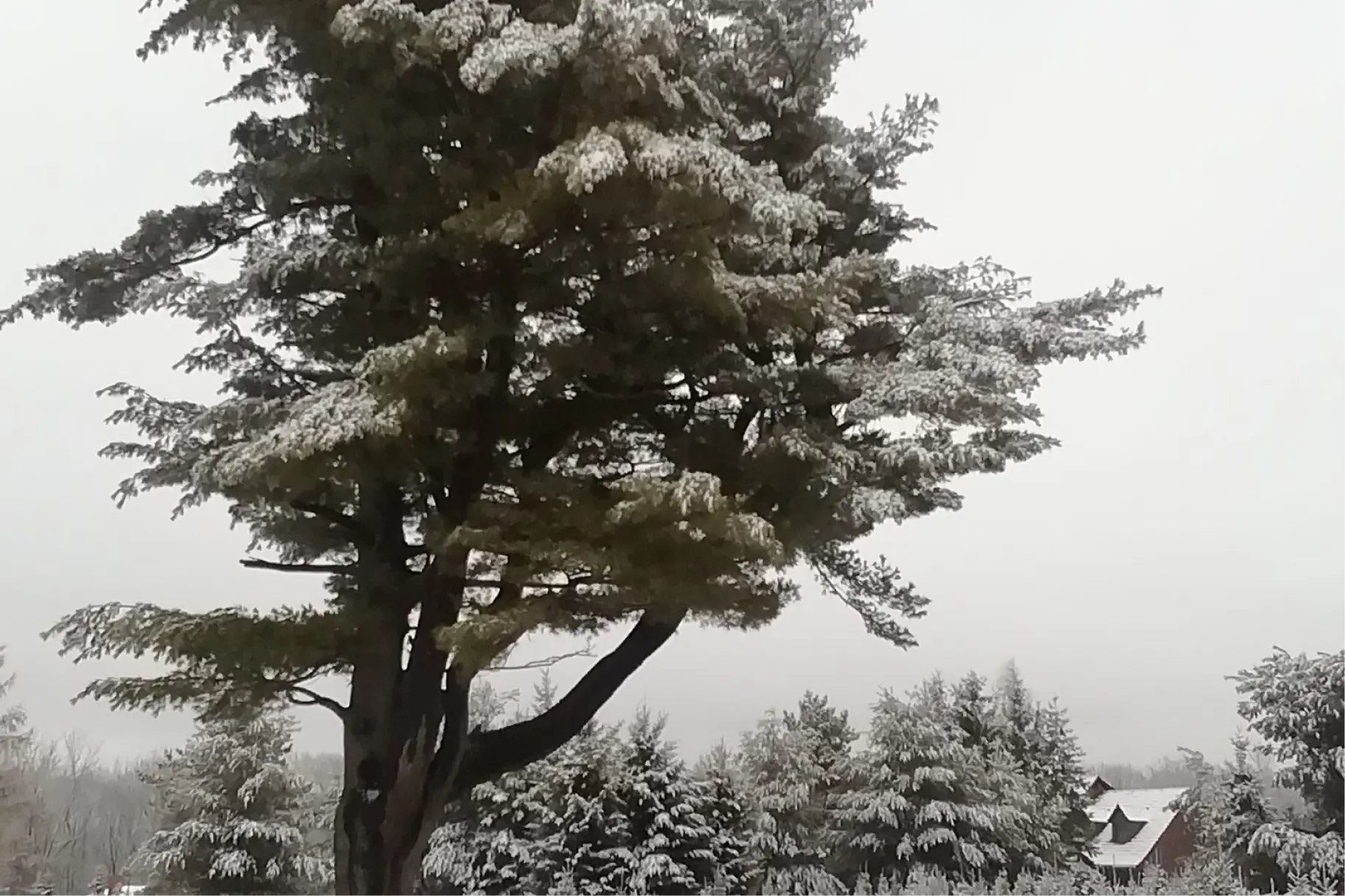
Choosing the right fertilizer can be the last piece of the puzzle when it comes to tree care. It is important to note that even perfect timing would be useless if you use the wrong fertilizer. Over time, I have walked several Toronto and GTA homeowners through this process and found out that there are some few things that can make all the difference.
The first step is to test your soil. Before you buy any fertilizer, you should know its pH and nutrient composition. Simple soil test kits or professional testing can tell if your soil has low levels of nitrogen, phosphorus, potassium, iron or manganese elements. After having that information at your disposal, it will be easier for you to select the proper fertilizer for the specific needs of your soil without making guesses which may result in undernourishment or over-fertilization.
Next on the agenda is whether you’d like organic or synthetic fertilizers. Organic methods such as manure compost or bone meal release nutrients gradually thereby enhancing soil structure and microbial life. Conversely, synthetic fertilizers often come with a more concentrated form of fast acting nutrients. They all have their own merits. In most cases, organic fertilizers are less likely to ‘burn’ roots while their counterparts offer precision and convenience. Slow-release fertilizers also provide an option for continuous nutritional supply that is moderate enough not to require regular applications.
Another important step is to read labels. Most fertilizers will have an N-P-K ratio, which tells you the percentage of nitrogen (N), phosphorus (P) and potassium (K). For instance, if your soil test shows a lack of nitrogen, you might go for a product with a higher N value. On the other hand, a young sapling that is struggling to root may benefit from high phosphorus formulation. Application rates and methods are other considerations—some products work best by surface broadcasting while others are designed for deep root feeding.
Finally, consider how this will affect your tree in the long term as well as the surroundings. Over-fertilizing can cause nutrient runoff which damages local watersheds; this is especially true in areas around Lake Ontario and within urban watersheds. It can also promote weak spindly growth that is more prone to pest attacks. Try not to go too far on either side: just enough nutrients that facilitate healthy growth without becoming overgrown or undernourished at the same time. No matter what season it is or what weather one has to contend with choosing the right fertilizer based on soil data, your tree’s growth stage and safe application practices will set up your landscape for long-lasting beauty and vitality.
